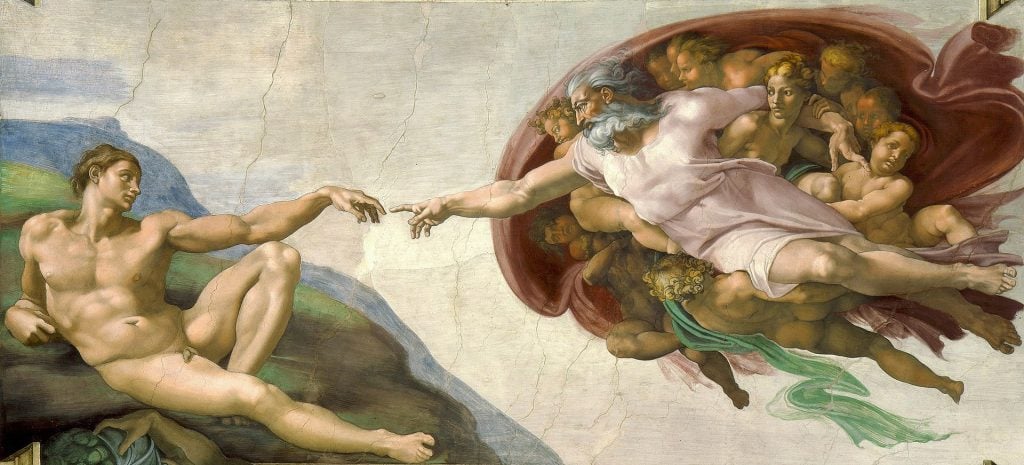Art World
Did Michelangelo Start His Career as an Art Forger?
His ability to create an accurate copy won him recognition.

His ability to create an accurate copy won him recognition.

Hili Perlson

The statue of David, the Pietà, the frescoes in the Sistine Chapel—these masterpieces by Michelangelo prove that the Early Renaissance artist is one of the most important, influential, and recognizable masters in Western art history. But as a young man working under the tutelage of the most respected sculptors of the time, including Lorenzo de Medici, Michelangelo faced the same challenges as any struggling artist does before gaining recognition.
“If people knew how hard I had to work to gain my mastery, it would not seem so wonderful at all,” is one of his famous quotes, but it turns out that hard work alone was not enough to catapult the unknown artist into fame. As described in a recent article on Atlas Obscura’s website, Michelangelo first got his break with a forged sculpture.
Active in the Florentine art circles at the beginning of the Renaissance, patrons at the time were more inclined to collect classical sculptures that were being rediscovered, rather than buying offerings by living artists. Struggling to support himself, Michelangelo got involved in an art forgery, selling a fake antiquity he had sculpted and then aged artificially.
There’s another take on this anecdote, described in The Lives of the Artists, which suggests that art dealer Baldassari del Milanese aged the sculpture of a sleeping cupid unbeknownst to Michelangelo.
In any case, the buyer turned out to be a Cardinal, who, once he realized he’d been duped, directed his wrath at the dealer alone, forcing him to return his fee. But, that didn’t deter the unscrupulous dealer from selling it again—the sculpture is believed to have changed hands several times until it ended up in the Whitehall Palace in London, and perished in the fire that consumed it in 1698.
Rather than revoke Michelangelo’s payment, the Cardinal recognized the genius of the young artist behind the forged sculpture and invited him to Rome, where his career soon blossomed. As Noah Carney explains in The Art of the Forgery, artists at the time were praised for their ability to emulate the work of masters, and not for their originality. Michelangelo’s skillful adaptation of an ancient Roman sculpture was seen as proof of his great talent and potential. And the rest, as they say, is history.